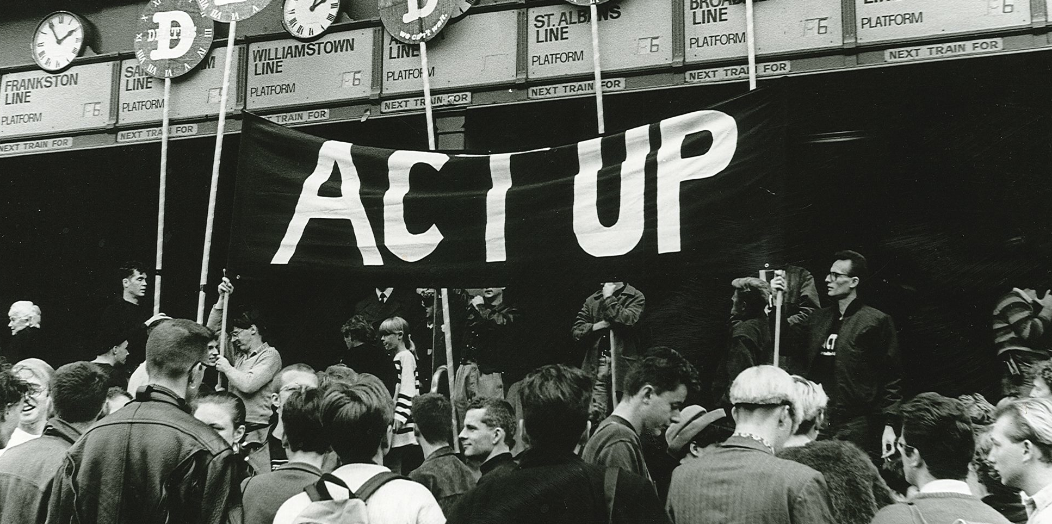
Exhibition spanning over 30 years of HIV in Australia leads off the AIDS 2014 cultural program

AN exhibition delving into 35 years of Australia’s response to HIV and AIDS is one of a raft of events showcasing cultural engagement with the epidemic before and during the AIDS 2014 conference in Melbourne.
When the idea of such a broad exhibition on HIV and AIDS was pitched to the co-curators of Transmissions Michael Graf and Russell Walsh by the University of Melbourne, they had no idea of the breadth and depth of the archival material available to them. Drawing on both the university’s archive and the Australian Lesbian and Gay Archives, the two had access to an intimidating collection.
Rather than a chronological approach or an attempt to drill down into a specific topic, Graf described the exhibition as an archaeological dig.
“Small fragments we’ve unearthed from the archives will tell a big story,” he told the Star Observer, explaining they had deliberately excluded information panels from the exhibition, hoping people’s interest would be piqued by the exhibits themselves.
“It will be a beguiling experience, because there will be material that people look at and think, why have they chosen that? What is that?”
For example, he expected juxtaposing contemporary health promotion material around HIV with campaigns from the 80s and 90s would help people understand just how far organisations like the Victorian AIDS Council have come in the sophistication of their messages.
An exhibition highlight for Graf is a collection of notes written by Melbourne historian John Foster, author of the celebrated memoir Take Me to Paris, Johnny, chronicling the week before the AIDS-related death of his partner Juan Cespedes, and its immediate aftermath. Eight pages of notes will be on display, a collection of observations about those last days.
“There’s something about just the way it’s been recorded. It’s intensely personal — it’s recorded without emotion though, it’s just a series of facts, but I find it a very moving and striking exhibit. It makes you reflect on what might be collected and remembered from your own life,” Graf said.
Transmissions will be held at the University of Melbourne’s George Paton Gallery from July 14–25.
Running throughout the week before the conference and then until it closes on July 25, the AIDS 2014 Australian cultural program covers visual art, theatre, film, and even walking tours to help delegates from around Australia and the world make the most of their time in Melbourne.
Highlights include the NGV’s David McDiarmid exhibition When This You See Remember Me, acclaimed verbatim theatre work on the AIDS epidemic in Sydney The Death of Kings, and the Outrage HIV Justice Film Festival.
For the full AIDS 2014 cultural program visit the conference website.
(Main image: One of the photos on display at the exhibition — the ACT Up D Day demonstration on the steps of Flinders St Station, June 6, 1991. Photographer unknown. Source: Australian Lesbian and Gay Archives.)









